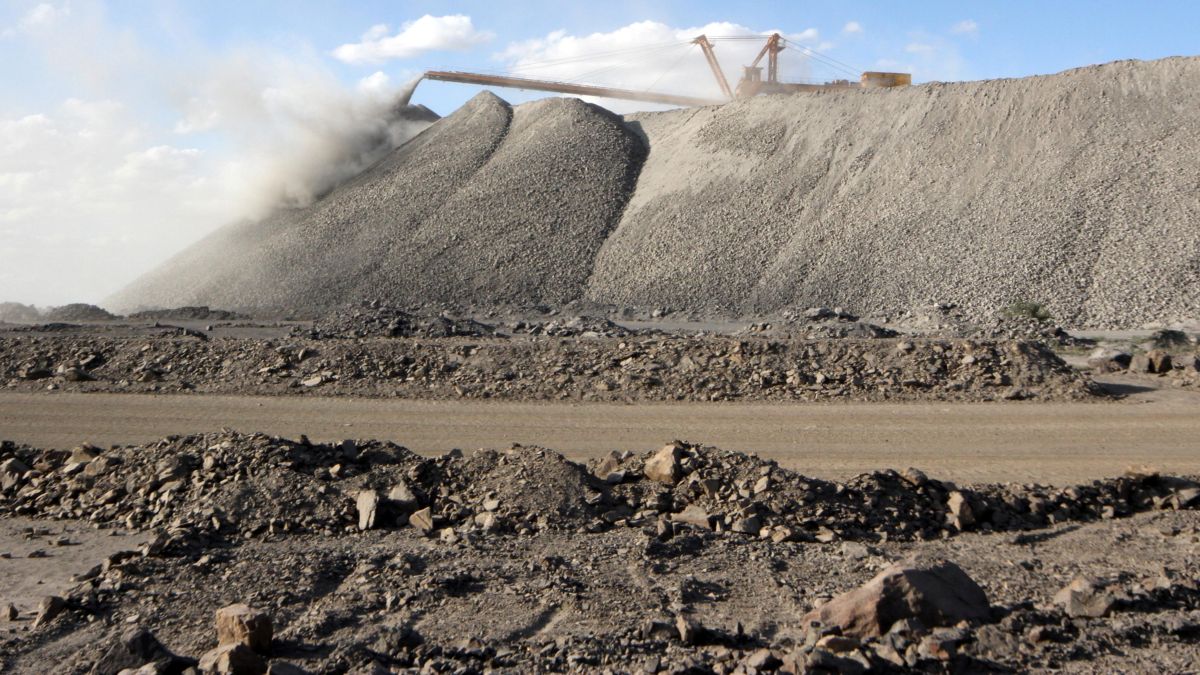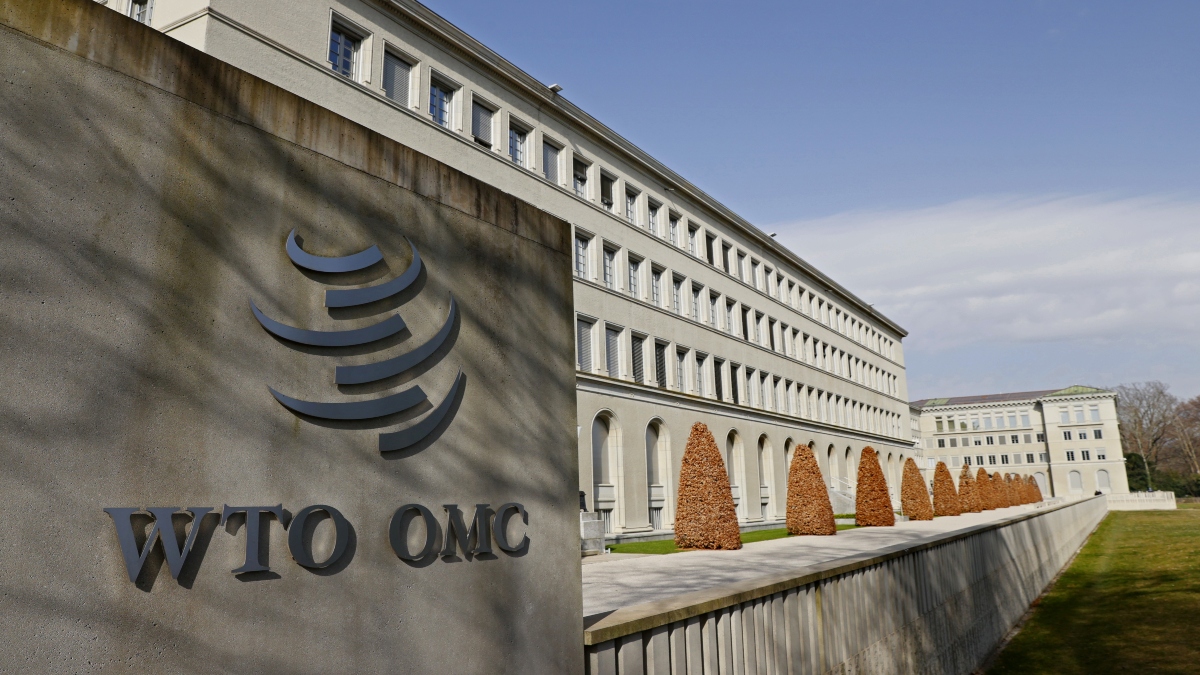On April 4, China announced new restrictions on the export of seven rare earth elements, shortly after US President Donald Trump imposed tariffs on most of America’s major trade partners. These rare earths are vital for producing high-value goods, including defence technologies, clean energy equipment, smartphones, and electronic displays. Since the 1990s, China has maintained a dominant position in this sector, supplying between 85 to 95 percent of global demand.
What are rare earth elements?
The rare earth elements (REE) group consists of 17 elements with atomic numbers from 57 (lanthanum) to 71 (lutetium) and 21 (Sc) and 39 (Y) on the periodic table. These elements are officially known as the “lanthanoids,” though they are commonly referred to as the “lanthanides.”
Despite the name, most REEs are not particularly rare. They were called “rare-earth elements” because, when they were discovered in the 18th and 19th centuries, they were found in minerals called “earths”—a term used then for substances that didn’t break down further with heat. Compared to more common earths like lime or magnesia, these were considered rare. In fact, cerium, one of the REEs, is more abundant in the Earth’s crust than copper or lead.
It is to be noted that China has imposed export restrictions on seven rare earth elements. China’s Ministry of Commerce (MOFCOM) announced restrictions on the exports of samarium, gadolinium, terbium, dysprosium, lutetium, scandium, and yttrium. The ministry said the move was being taken “to better safeguard national security and interests and fulfil non-proliferation and other international obligations.”
Terbium
This soft, silvery metal is used in light bulbs and helps create the bright colours on smartphone screens. It’s also added to magnets used in aircraft, submarines, and missiles to make them more resistant to high temperatures. But it’s very hard to find — less than 1 per cent of rare earth deposits contain terbium, according to the US Department of Defense.
Yttrium
Yttrium plays a big role in medical treatments, such as treating liver cancer and making lasers used in surgeries. It also strengthens metal alloys and is great for high-temperature superconductors because it handles heat and shocks well. The US mines some yttrium, but it currently has no commercial facility to fully process it.
Dysprosium
The name comes from a Greek word meaning “hard to get.” Dysprosium is highly heat-resistant and mainly used in magnets found in motors, generators, wind turbines, and electric vehicles — all essential for clean energy. It can also be used in nuclear reactor rods due to its ability to absorb neutrons.
Gadolinium
If you’ve had an MRI scan, gadolinium might have helped. It’s used in the dye that improves the image quality. It’s also useful in making metals stronger and more heat-resistant, which is helpful for magnets and electronic parts.
Lutetium
Unlike most other rare earth elements, lutetium is hard and dense. It’s used as a chemical catalyst in oil refineries. The US mostly buys this metal from China, with a little also coming from Japan.
Samarium
This metal is used in samarium-cobalt magnets, which are important for turbines, vehicles, and defence systems because they stay magnetic even at high temperatures. It’s also used in lasers and nuclear reactors.
Scandium
Found in some baseball bats and bike frames, scandium is valued for being lightweight and heat-resistant. It’s also used in fighter jets and as a tracer in oil pipelines to help detect leaks.
Neodymium and Praseodymium
These two are not part of the latest trade restrictions, but they’re the most widely used rare earths. Their main job is to power permanent magnet motors — turning battery power into motion, like in electric vehicle wheels.
Here are other rare earth elements that are not placed under restrictions by China.
Lanthanum: It is commonly used in high-quality camera and telescope lenses to enhance image clarity. It also plays a crucial role in the production of hybrid vehicle batteries and is involved in petroleum refining and specialty optical glass manufacturing.
Cerium: It is the most abundant rare earth element. Cerium is widely used in glass polishing powders and catalytic converters in vehicles. It also helps eliminate color impurities during glass production.
Europium: It is essential for producing red and blue phosphors in LED screens and fluorescent lighting.
Holmium: It strengthens high-performance magnets and is used in nuclear reactors for neutron absorption
Erbium: This element is primarily used in fiber-optic cables to boost signal strength and is also found in lasers used for skin treatments and corrective eye surgeries.
Thulium: One of the scarcest rare earth elements, Thulium is used in portable X-ray devices and specialized lasers for medical and industrial applications.
Ytterbium: This rare earth element enhances the strength of stainless steel and is used in sensors to monitor ground movements during earthquakes. It is also utilized in lasers and can serve as a radiation source in portable X-ray machines.
Promethium: It is the only rare earth element that is radioactive. Though it does not occur naturally in significant amounts, it has several niche but important uses. One of its main applications is in nuclear batteries, where it serves as a power source for devices that need long-lasting energy without regular maintenance, such as space equipment and remote sensors.


)
)
)
)
)
)
)
)
)